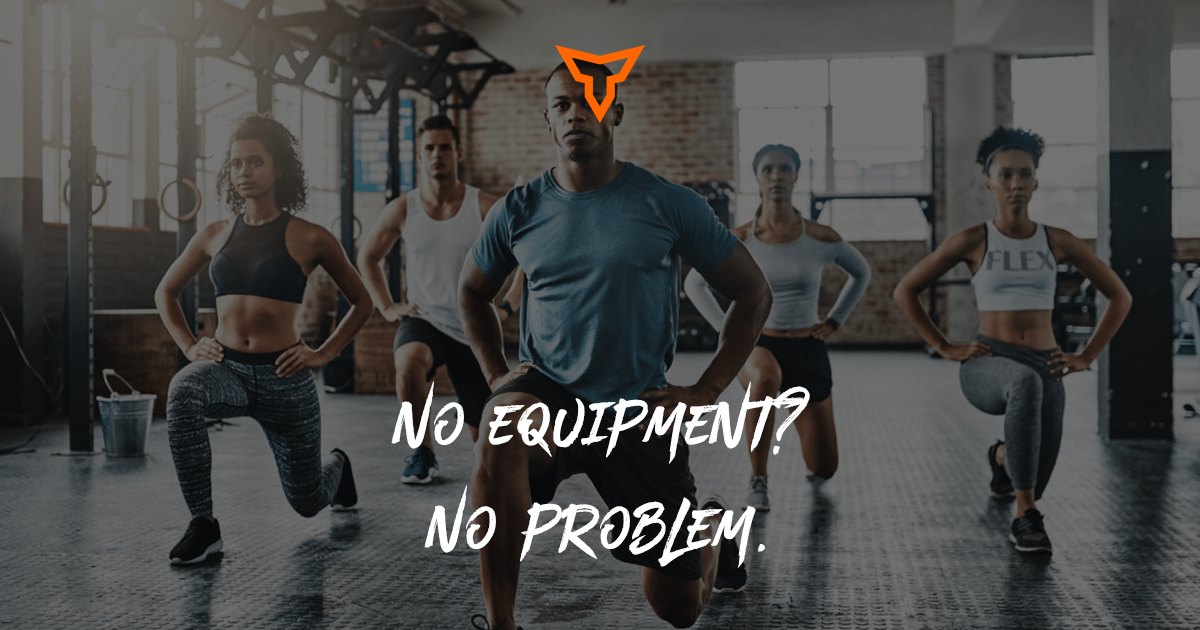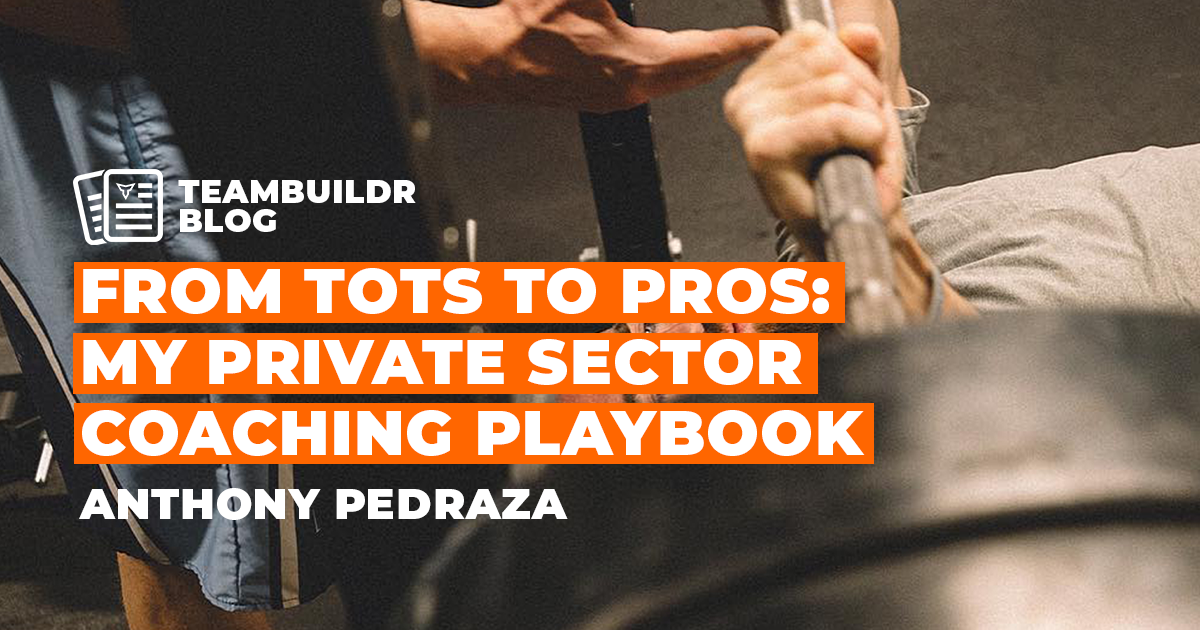Has the Pendulum Swung Too Far on Machine Based Training?
If you have been in the field for less than 15 or 20 years, you are probably too young to remember a time when cutting-edge training was dominated by training methodologies that were largely machine-based. These methodologies, and subsequently our modern profession, were pioneered by coaches such as Mike Gittleson, Arthur Jones, and Dr. Ken Leistner, among many others.
Some of this work seems to have fallen out of favor, not because of its lack of efficacy but rather a lack of understanding regarding its potential application.
The current view of machine-based exercises has been framed by two recent opinions, neither of which are supported by existing evidence:
- The view that machine-based methods do not support enhanced sporting performance because the environment lacks a degree of transferability or what is known as dynamic correspondence.
- The view that machine-based exercises are dangerous - perhaps because of the quantification of joint forces placed upon the structures, without context or a referent point.
I am here to tell you these misconceptions are entirely inaccurate, and like any other prescribed training stress, machine-based exercises have a place in your athlete’s training. Machine-based exercises are simply tools, and with any tool, there are some substandard and appropriate applications.
As always, context is critical, and it depends. So, don’t blame the tool - instead, consider its application. When vetting any tool, coaches should consider two components:
- Dynamic correspondence.
- The depth and breadth of training stress.
Dynamic Correspondence
Dynamic correspondence can be described as the transfer effect or transferability of training to the sporting environment. Yuri Verhoshanksy first introduced it in his 1993 book Supertraining (Siff, 1999). In this book, Siff and Verhoshanky discuss some essential factors that must be considered when attempting to maximize dynamic correspondence. They include the following:
- The amplitude and direction of movement
- The accentuated region of force production
- The dynamics of effort
- The rate and time of maximum force production
- The regime of muscular work
In the recent past, dynamic correspondence has also been used synonymously with the terms functional training and specificity, further muddying the water and entrenching the inherent bias against "specific" training methods.
To start clearing this up, I pose a simple question: What is the purpose of training?
I believe the purpose of training is twofold:
- To improve performance
- To reduce the risk of injury
With this in mind, a well thought out, principally based training prescription has nothing to do with what an exercise looks like or what type of equipment the athlete uses.
Instead, our goal is to elicit a positive response to training that moves the athlete closer to their purpose for training (goals). Just because an exercise doesn’t specifically address a ‘sporting movement’ doesn’t mean it isn’t valuable to the athlete's overall kinetic or kinematic profile.
The selection of a series of exercises from a menu of, quite literally, tens of thousands of choices should force the coach to carefully consider their approach and utilize their assessment methodologies to garner frequent feedback about the athlete’s performance.
Practically, expect the following to occur at a much lower degree than you wish:
- Bilateral movements to enhance unilateral movements (and visa versa)
- Controlled movements to enhance ballistic movements (and visa versa)
- Closed chain movements to enhance open-chain movements (and visa versa)
- One loading schema to enhance another (and visa versa)
Dynamic correspondence is incredibly powerful but also incredibly specific. Consider this flow chart for some of the relevant biomechanical considerations:
Using the considerations above, we can discern that the exercises the athlete executes outside of the actual sporting movement will always have a degree of limitation. Those limitations should force us to consider our movement profile and selection of training tools.
Deep & Broad Movement Profile
Because of the limitations inherent in dynamic correspondence, a broad and deep movement spectrum with appropriate timing is critical! Allow me to use the hamstring group as an example, as its importance in preventing anterior cruciate ligament (ACL) tears is broadly written about in current literature.
The Romanian Deadlift (RDL), an exercise dominated by hip extension but targeting the hamstring group, will have a modest effect on the athlete's ability to execute a Nordic, which will have a modest impact on the athlete's ability to perform on the leg curl machine, and so on. The lack of transfer in this example is critically important because a failure to include a variety of knee flexion/hip extension exercises (including the leg curl machine) can leave your athlete with a critical intolerance for stress.
Don’t believe me that a deep and broad profile is essential? Consider the mechanisms listed below you are trying to counteract when preventing an ACL tear (Hashemi et al., 2010).
- Anterior shear force mechanism
- Axial compressive load mechanism
- Hyperextension mechanism
- Valgus collapse mechanism
- Tibial internal rotation mechanism
- Combined valgus and anterior shear
- Combined valgus and internal tibial torque
- Valgus and external tibial torque
- Valgus, anterior tibial shear, and axial torque about the long axis of the tibia
- The hip extension, knee flexion paradox, which includes a combination of delayed or slow co-activation of the quadriceps and hamstrings, a dynamic ground reaction force applied while the knee is near full extension, a shallow medial tibial plateau, and a steep posterior tibial slope, and a stiff landing due to incompatible hip and knee flexion velocities.
Do you really think your RDL will be sufficient, or Nordic will be adequate?
A singular exercise or small cluster of movements are woefully inadequate in helping the athlete cope with the broad and deep spectrum of stresses imposed by practice and competition. Therefore, I implore you to employ a sufficient bandwidth of movement profiles, so the athlete can tolerate the stresses of sport, which includes machine-based exercises!
Risk
So, given the evidence presented above, why do these inherent biases exist? Perhaps it is the perception of risk in machine-based exercises? If that is the case, let’s put it to bed using the leg extension, one of the most widely avoided machine-based exercises, as an example.
The apprehension with this exercise seems to stem from the forces placed upon the structures of the knee - specifically the ACL. So, let me start by saying that tensile forces are placed upon the ACL during the knee extension exercise.
The tensile forces experienced by the ACL during the knee extension exercise use loads ranging from a dynamic 12 repetition maximum to a maximum voluntary isometric effort, are in the range of 150-400 N (Escamilla et al., 2012). While on the surface, this might seem substantial, the truth is this is less than 20% of the tissue's tolerance. Furthermore, as a referent point, this induced force on the ACL is no more than that of other daily activities such as walking or landing (Escamilla et al., 2012).
This story can be repeated on-mass with forces and stresses relative to the structures and connective tissues commonly in question, such as the posterior cruciate ligament (PCL) or patellofemoral joint (PFJ) (Vigotsky & Tumminello, 2017).
Wrap-Up
I am hopeful this cracks the door to the conversation surrounding the exclusion of specific methodologies because they fail to meet some ambiguous criteria - whether it be aesthetics, single-joint isolation, open chain, or something else.
The research and information presented here should illustrate two points:
- Dynamic correspondence is so powerful and specific that, as coaches, we need to employ a targeted degree of variation and variability in our movement selection to exceed the bandwidth of demands that the sport provides.
- When applied within the correct context, machine-based exercises are safe and effective tools to help athletes enhance their performance and reduce their risk profile.
The biases against machine-based exercises are unfounded, and the integration of various types of movements should be viewed as complementary rather than mutually exclusive. Beyond all else, consider the needs of the athlete and their purpose for training.
Subscribe to our blog
Subscribe to receive the latest blog posts to your inbox every week.
Related posts

No Equipment? No Problem.

Choosing the Racks, Rigs, and Machines to Fit Your Dream Room (Part 3 of 5)


